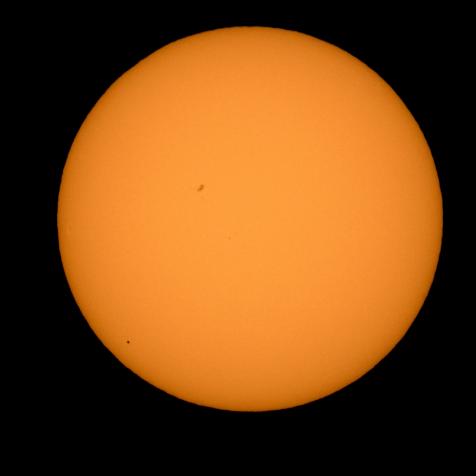
sakkmesterke
Why We Know Nothing about Dark Matter and Dark Energy

Welcome to the era of precision cosmology…where we’ve managed to very precisely measure everything we don't know about the universe.
Cosmology is the study of the universe. As in, the whole entire universe as a single physical object. Cosmologists try to understand the origins, history, evolution, contents, and ultimate fate of this place that we call our home.
Modern cosmology got its start about a hundred years ago when astronomer Edwin Hubble discovered two remarkable things: that galaxies exist and are very far away from us, and that those galaxies are receding away from us. In other words, he discovered that the universe is very large and that it’s expanding.
Modern cosmology rests on the big bang theory, which states that a long time ago, our universe was smaller, hotter, and denser than it is today. We have tons of evidence to back up this very simple statement, but that doesn’t mean we understand everything we wish we could about how the universe works.
In fact, there are two glaring holes in our understanding. One is called dark matter, which was discovered in the 1970s. As far as we can tell, dark matter is made of some new kind of particle with a mysterious identity and properties. Dark matter does not interact with light or with normal matter, but it does take up the vast majority of all the mass in the universe.
The other giant hole is called dark energy. In the late 1990s two teams of astronomers discovered that the expansion of the universe is accelerating. Not only is our cosmos getting bigger and bigger every day, but it’s also getting bigger and bigger faster and faster every day. We have absolutely no idea what’s going on, so we named the effect dark energy.
To account for the accelerated expansion, dark energy takes up almost 70% of all the mass energy in the entire cosmos, completely dominating everything else, including dark matter. So modern cosmology is in kind of a weird place.
We understand the general picture of the big bang, and we’re able to confidently make some really cool statements, like the age of the universe is 13.77 billion years old, or that all the hydrogen atoms were formed when the cosmos was only a dozen minutes old. We can back up all those cool statements with plenty of evidence, so we know we’re on solid ground. But we still lack an understanding of the vast majority of the contents of our universe.
We know how they behave, but not what they are. So the name of the game in modern cosmology is to keep measuring the properties of dark matter and dark energy as precisely as possible, and hope that something interesting pops up. The latest result comes from the PANTHEON+ survey (and no, that’s not a new streaming service), which measured the precise positions of about 1,500 supernovae.
Using the data, the team behind the study found that our universe is 66.2 percent dark energy, and 33.8 percent dark matter and normal matter (with most of that being dark matter). Unfortunately, PANTHEON+ didn’t discover any surprises when it came to those twin mysteries, so we’re just going to have to keep digging.


















